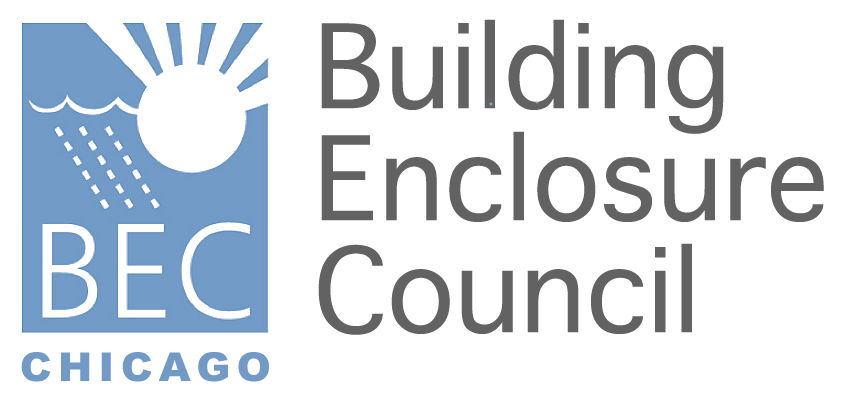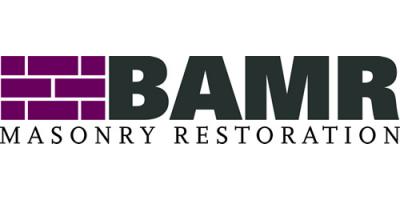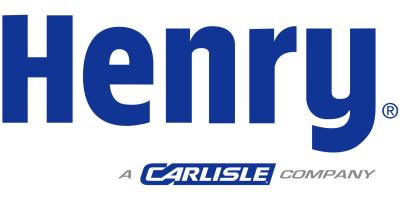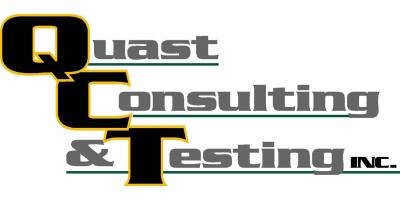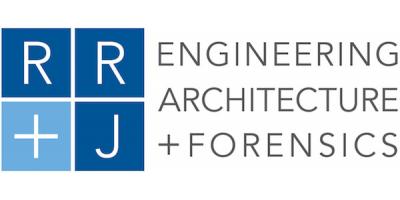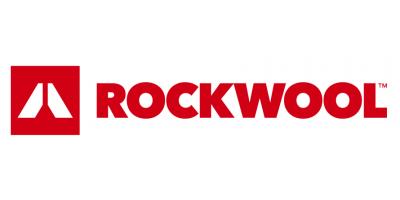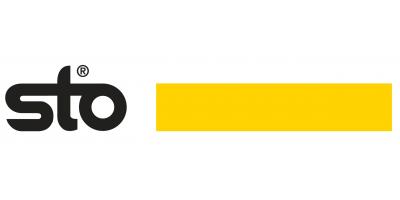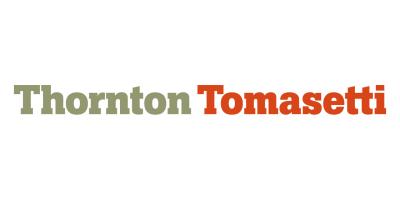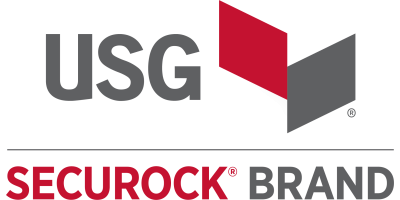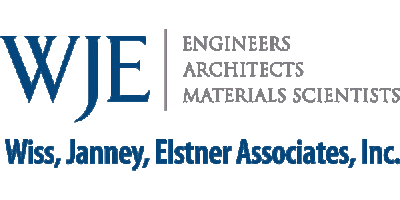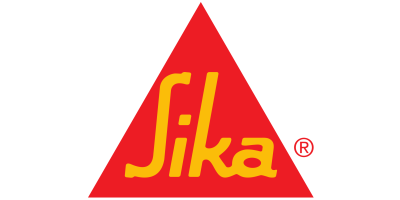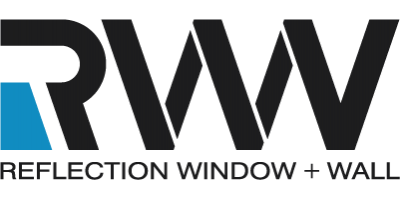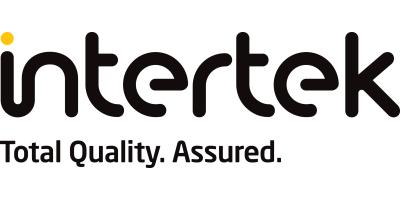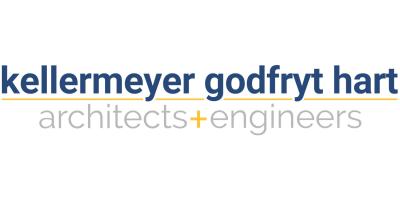| Location | 11 East Madison, Suite 300, Chicago, IL (Gensler) |
AIA CREDIT: Yes
ABSTRACT:
Contemporary enclosures take many forms. Facades, historically, were integral with the building structure. With industrialization, they evolved into transitional facades where distinct superstructures existed, but facade and structural were still integral. In time, curtain walls emerged and structure became distinct from façade. Over time, the discretization of facade and structure negatively affected the intelligence of both. Both facade and structure, despite occupying the same volume in building, fought each other for space and cost. Today, however, with improved methods of analysis, fabrication, and material integration, façade and structure are reintegrating to create high-performing building structures and enclosures. In the near future, transitional facades may, and probably should, be de rigueur...
LEARNING OBJECTIVES:
- Be able to identify the differences between structured/integral facades and curtain walls and/or similar distinct-from-structure facades systems.
- Understand case studies identifying structured facades.
- Identify computational/parametric design.
- Understand how to integrate façade and structure in contemporary architecture.
PRESENTER BIO:
Matt Johnson, Principal, Simpson Gumpertz & Heger
RSVP:
For BEC Chicago members, an RSVP invite will be sent out approximately 7 to 10 days in advance of event. For non-BEC Chicago members interested in attending, you may contact Jeff Diqui at jdiqui@imiweb.org to request an invite. The inviation will include a link to an RSVP.
